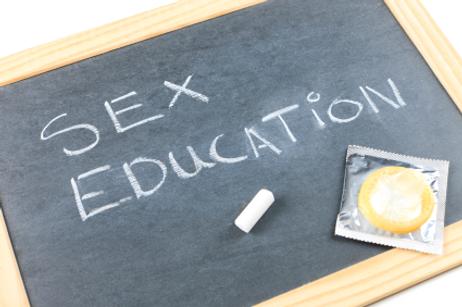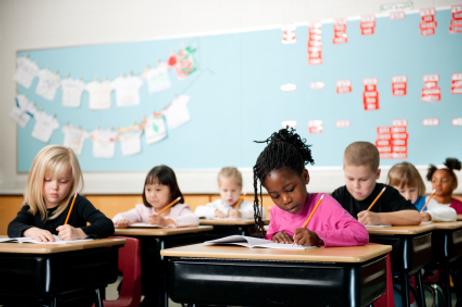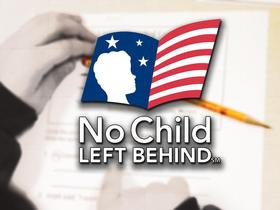While every parent hopes for academic success for their children, most are unsure how to go about nurturing and guiding their children to that success. Students that are successful in the classroom often exhibit similar characteristics, no matter what their age, gender, or cultural background. By identifying the characteristics common to successful students, parents can go to work helping their kids develop those traits that will reap the greatest benefit for them in school.
Eagerness to Learn
Children who perform best in school have a natural eagerness to learn new things. According to Education.com, much of that eagerness stems from parents and others in the child’s life that have offered a world of interesting things to discover. When children are exposed to many different environments at a young age, they quickly learn that the world is a big, interesting place just waiting for them to explore. However, parents that work this concept too hard may burn a child out on the learning process before school even begins. It is also important for kids to have plenty of free time both with other children and alone to create and play.
This TedTalk discusses the importance of every child needing a champion.
Love of Reading
The U.S. Department of Education states that the most important thing parents can do to ensure their children’s success in school is to nurture a love of






















